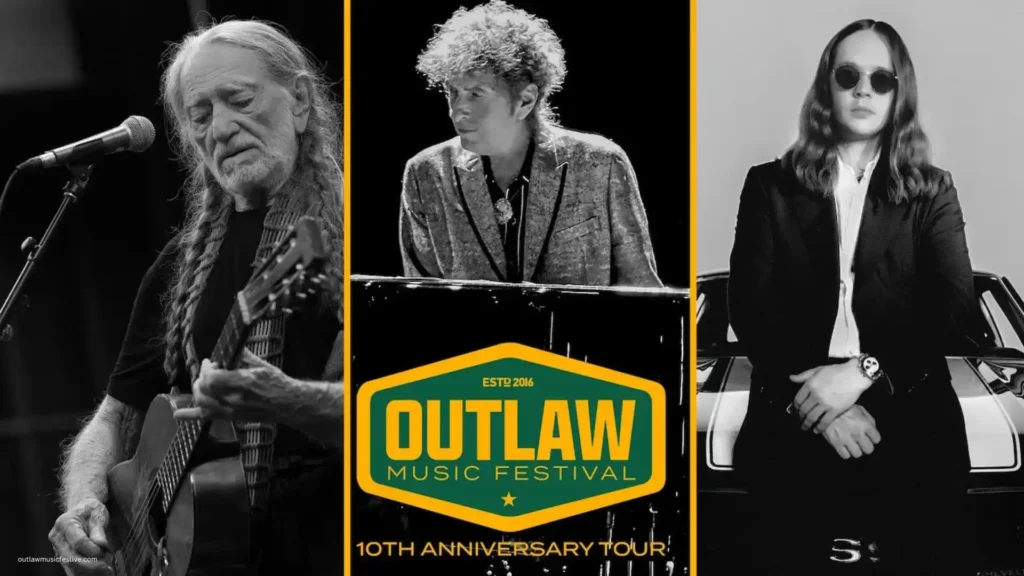Bob Dylan Live In Camden: Devotion Via Deviation

Outlaw Music Festival 10th Anniversary Tour Poster. Via Outlaw Fest
Written by Andrew Nussbaum
A glance at Bob Dylan’s Instagram page reveals his wide-ranging appreciation for all things Americana. Clips of hip-hop stars, folk singers, glam rockers, and actors appear across his eclectic collage. These posts may seem erratic and disjointed to the Dylan-curious, but to the committed, they speak to his unabashed creative outlook. Dylan is a shapeshifter whose manifold influences emerge on his own terms. Over seven decades, he has explored folk, rock, jazz, and new wave, redefining sonic possibilities by balancing devotion and deviation.
As a part of the pop music pantheon, Dylan is seen as the spokesperson of post-folk cultural politics. Yet it is essential to acknowledge the legacy of artists who inspired Dylan to walk the line between tradition and transformation. Folk legend Woody Guthrie, for instance, was a paramount influence on Dylan’s creative ethic. Leading him to pen his first original composition, “Song to Woody,” released on his 1963 self-titled debut. The song is one example of Dylan’s deep appreciation for the genius of those who preceded him. Other influences include Allen Ginsberg, Hank Williams, T. S. Eliot, and Little Richard—creatives from various art forms and disciplines.
The example set by Dylan’s forebears remains a guiding light for his work. Sixty-three years after writing “Song to Woody,” he remains a diligent student of the American songbook and brings his scholarship to the stage. Dylan’s performance at the Freedom Mortgage Pavilion in Camden on September 12 made true his assertion, “I contain multitudes,” as he and his band navigated a landscape of standards and originals with a gestalt effect.
Dylan wasted no time warming up, launching into a blistering rendition of “Masters of War” that featured explosive guitar work by Bob Britt and Doug Lancio, their chords combusting and complementing Dylan’s vengeful verses. A rollicking rendition of Bo Diddley’s “I Can Tell” followed, with drummer Anton Fig providing a sturdy base for Dylan’s sneering vocals. “Forgetful Heart,” up next, was a further testament to Fig’s creative playing with his beating heart kick drum. In all, this was an excellent opening to the show.
Dylan continued to course through his back catalog, performing songs such as “To Ramona,” “Desolation Row,” and “Blind Willie McTell,” alongside more contemporary numbers including “Under the Red Sky” and “Early Roman Kings.” This wide approach encompassed the styles he has cultivated throughout his career and presented him as an expert curator of American sounds. His set was like walking into an old-fashioned roadhouse—equal parts juke joint and museum.
Diametric to the dirge, “Masters of War,” Dylan concluded his set with a sparse rendition of “Don’t Think Twice, It’s All Right,” with aleatoric guitar and bass flourishes that answered Dylan’s spoken-word wisdom. This call-and-response dynamic reverberated throughout the evening’s arrangements, underscoring the ensemble’s democratic approach in forging new permutations of American culture.
Dylan’s love for America was on full display during his Camden performance. Reflecting his Instagram ethos, Dylan embraced tradition and innovation, threading his diverse influences into a single, resonant tapestry.
Bob Dylan is touring Europe this fall. Get tickets here.
